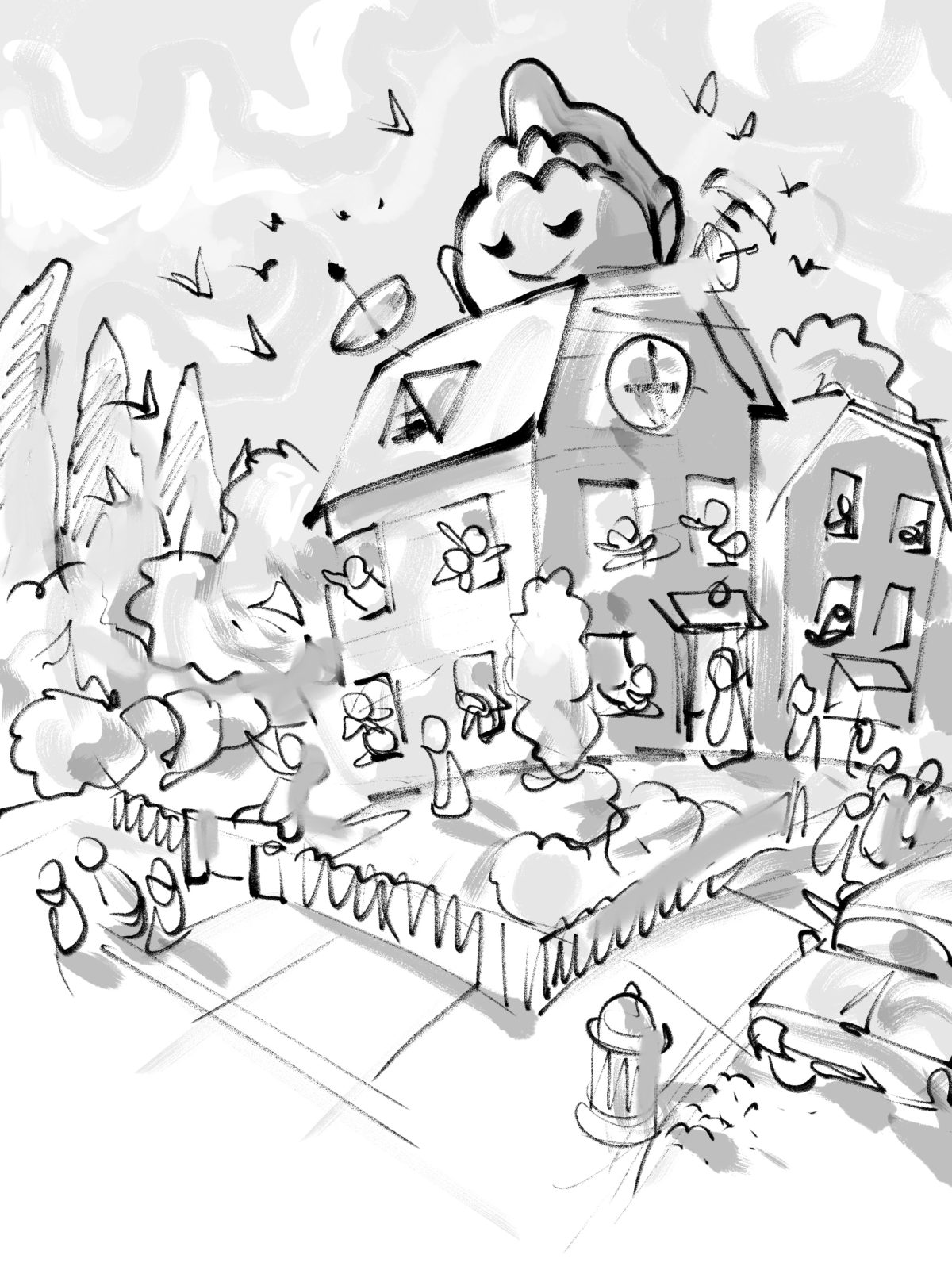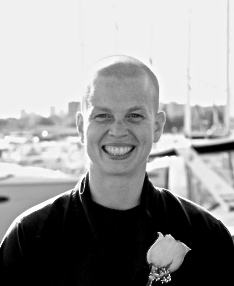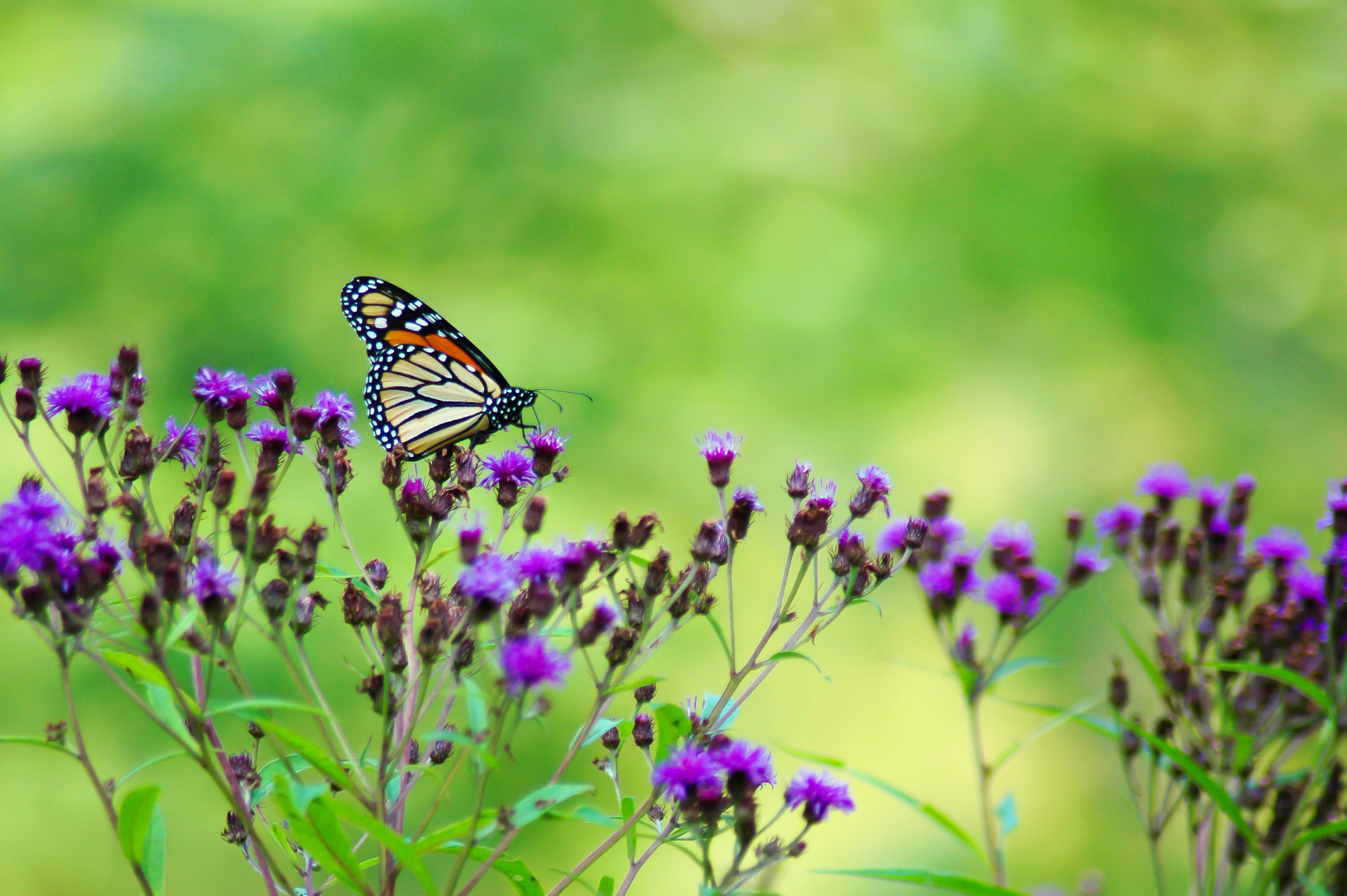By Sister Ocean (Chan Trang Hai An)

There is a strange tendency in spiritual communities to believe in a trickle-down type of awakening. The thinking seems to follow that if we do enough sitting meditation and go on enough retreats and get a good dose of therapy, then our degree of spiritual awakening will be equally distributed across the individual and interpersonal spheres.
By Sister Ocean (Chan Trang Hai An)

There is a strange tendency in spiritual communities to believe in a trickle-down type of awakening. The thinking seems to follow that if we do enough sitting meditation and go on enough retreats and get a good dose of therapy, then our degree of spiritual awakening will be equally distributed across the individual and interpersonal spheres. It’s a great theory. It sounds plausible and it’s easy enough to follow. But I haven’t found it to be true.
This is why my own path is dependent upon actively exploring and practicing with the many layers of the self—individual, interpersonal, social, and cosmic. It’s true that in the ultimate dimension, there is no separate self, so all of these layers are insubstantial. Yet in the historical dimension, these aspects of self have real impact that perpetuates freedom or suffering for the world and myself. This is why it’s essential to practice intentionally with our layers and to not hope for awakening to trickle down or up.
If we’ve been applying the Plum Village practices, then we know we do not exist as separate selves. Rather, we exist in infinite connectedness to all phenomena throughout space and time. We know the Buddha only taught us to understand suffering to end suffering. Therefore understanding and ending social, or collective, suffering is clearly part of our spiritual practice. Today, as in the past, racism is one of the deepest forms of collective suffering that is calling out to be ended. Even in our Dharma communities, where we express the intention to be inclusive, it is apparent by who attends our Sanghas and retreats we rarely realize this ideal.
So when AJ Johnston invited me last summer to co-facilitate an online course on Dharma and anti-racism for white people, I was excited. This is work I’ve held close to my heart for a long time and learning to express it through the lens of our practice, with compassion and courage, has been a dream for me. Yet I felt scared because I didn’t feel experienced or knowledgeable enough to do something like this. Fortunately, AJ had run the course several times, so I could take refuge in her experience and I jumped in.
What Does It Mean to Be White?
The class worked with the question, “What does it mean to be white in America today?” Some people asked why we did this only with white people. Don’t we all need to come together and figure out how to heal the wounds of racism? Eventually, yes. But the simplest answer I have for now is generally speaking, white people have much catching up to do with the rest of the world when it comes to understanding racism, white supremacy, and internalized oppression. Before we have some basic racial awareness and vocabulary, we’re likely to cause more harm than healing in “mixed” spaces.
Others said, “Yes, anti-racism work is important but don’t do it in the Sangha. I just want to focus on the Dharma.” I’ve always been confused by this line of reasoning. Taking time to relearn history in way that includes the experience of the majority, not just the elites, is a step towards seeing things as they are. Noticing our implicit biases is a way to lessen our wrong perceptions. Learning to feel and release the shame many of us experience around our white privilege is ancestor healing work.
Recognizing racism isn’t about those “bad” racist people over there but rather upheld by the subtle ways we all tolerate and enforce systems that oppress is maya prajnaparmita, the great perfection of wisdom. Learning the nuances of how the separate self manifests in our daily lives brings us closer to realizing the reality of interbeing, here and now. Taking time to look into collective suffering to be part of its transformation is compassion in action; it’s the path of a bodhisattva. Nothing about it isn’t dharmic.
Cleaning Up Our Toxic Mess
We shaped the class around our practices, beginning with meditation and ending with a reflection. We used the bell and took time to breathe between sharing. When we reviewed educational materials, we shared about the learning experience in groups. We touched the earth, and we built Sangha. This is Dharma.
When I reflect on the class, I feel content because everyone engaged wholeheartedly in the course. We connected and planted many seeds. Yet I also feel disappointed because I still have so far to go in my own journey. I see the racist parts of my consciousness more clearly; they are necessary and still uncomfortable. There is no one way to awakening from the separate self, whether focused on its racialized conditioning or any other aspect. There are many great teachers, including Thay and the Buddha, but each one of us has to journey, plant the seeds, nourish the soil, and wait for them to grow before we can taste the fruits. We need to do it again and again. It’s more work than we can imagine when we start out. To pretend no hard work is involved is misleading at best. Yet to present this path as only hard labor is also misleading because the fruits are also more delicious than we can imagine when we start out.
The connections between our environmental crisis and our racial inequity crisis are many. Racism is the social pollution we’ve all been swimming in for centuries. Though the worst pollutants seem to have been cut off, which is debatable, the residue continues to poison us all to varying degrees. Saying the worst is over still leaves us swimming in a toxic dump. The only way for anyone, and everyone, to heal is for everyone to be part of the clean-up, in our families and our institutions, and especially in our own hearts.
Here Is the Pure Land
As I write this I am on the traditional lands of the coastal Miwok Indigenous people in California. I remember and honor these ancestors, and I know this is only a beginning. For every Here truly is the Pure Land, the Kingdom of God. Or perhaps the kingdom of the absolute? And on Turtle Island, the Americas, here is also stolen land. What if our walking meditations on Turtle Island started with an acknowledgement of both of these truths? It might bring up more grief than some of us are used to. As Robin Wall-Kimmerer writes in her exquisite book, Braiding Sweetgrass, “If grief can be a doorway to love, then let us all weep for the world we are breaking apart so we can love it back to wholeness again.”
Just as at the EIAB, the weekly Hungry Ghost ceremony acknowledges the piece of the Holocaust that took part on this piece of land. What if we started our Sangha sessions on Turtle Island by acknowledging the traditional lands we live and practice on to remember their beauty and devastation and resiliency, and then close our sessions by dedicating the merit to restoring justice and equity to all our relations? What if all of our Sanghas came together to commemorate and honor Indigenous People’s Day and Dr. Martin Luther King, Jr. Day as a beautiful opportunity to honor and heal our ancestral wounds? What if every Sangha leader went through facilitated training in anti-racism and inclusivity, not because they were forced to, but for the honor of getting to understand humanity more deeply? These are small actions that can plant seeds of collective awakening when nurtured with compassionate action. These are not distractions from the practice but zones of freedom we can cultivate together.
Don’t Wait
If you’re interested in exploring this work, you don’t need to wait for a course. Find a copy of Race: The Power of an Illusion from PBS and watch each segment with a friend or your Sangha. Give yourselves some time in silence after watching and then use Dharma sharing guidelines to reflect, focusing on the sensations, emotions, and thoughts that arose while watching. Debating the information is not helpful, though you may be inspired to do your own research in response to the film. If you don’t have anyone to do this with, you can journal your reflections.
If you want to read more about Dharma communities doing this work, try Larry Wang’s book, Awakening Together, and if you want to dive into the psychology of “us versus them” try Shakil Choudhury’s book, Deep Diversity.

Sister Ocean (Chan Trang Hai An) is a Canadian monastic who ordained in Plum Village in 2012 and moved to Blue Cliff Monastery in 2014. She is a musician and a poet and loves to grow the Dharma through creative modalities.

